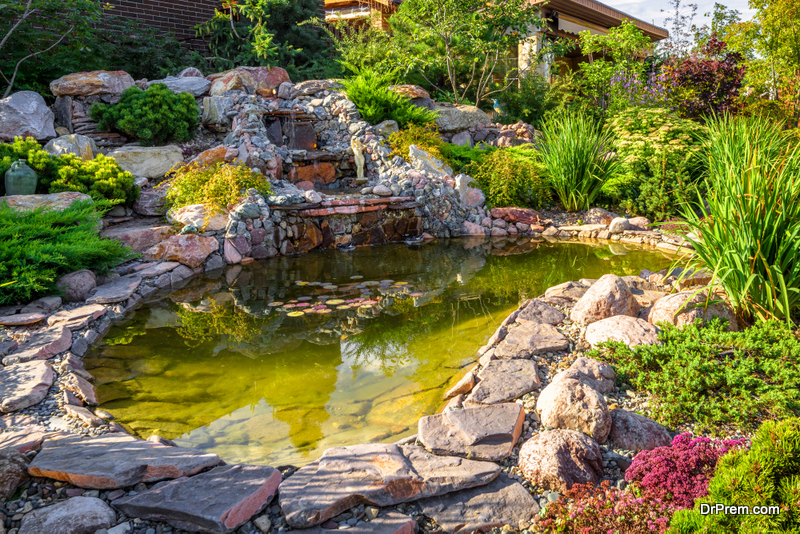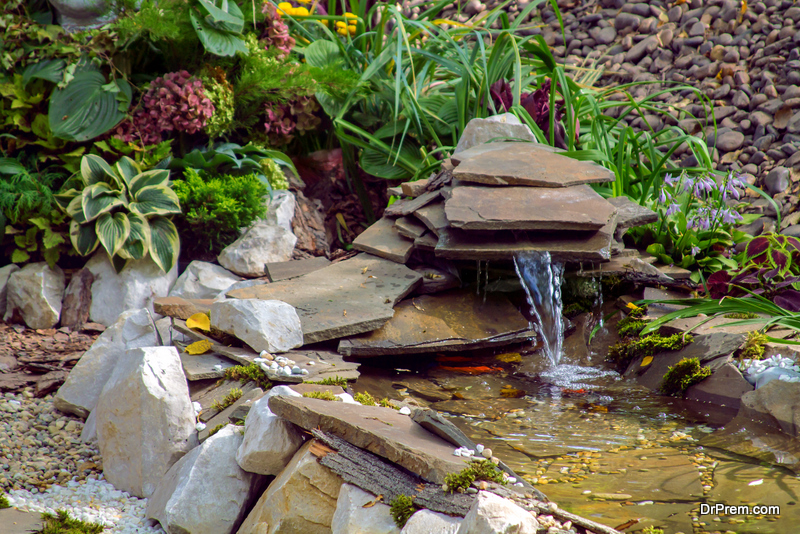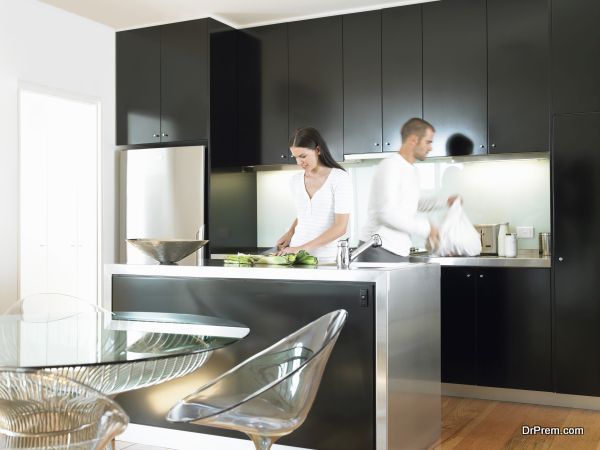A water feature can turn a garden into a tranquil space while adding a touch of luxury and intrigue. Before you run out to find the perfect style for your garden and taste, there are various factors you must consider for a smooth installation.
If you have zero experience with the process, here are some things to know when installing a water feature into your garden.
1. Consider Your Garden Size
Your garden size should determine the water feature you choose. Water fountains or a blade cascade feature tend to work well in small outdoor spaces, while koi ponds and centrepiece fountains are ideal options if you have a medium or large garden. If you are lucky enough to have a large pool, a self-circulating fountain is an ideal choice.
2. Choose the Perfect Style
There are different water feature styles to choose from that can transform your garden into a serene space. If you would love to care for koi carp in your spare time, a koi pond is a no-brainer. However, if you’re looking for a sophisticated, soothing feature, a stainless steel or glass water design will look great in both traditional and modern gardens.
3. Pick Water Feature Sets

In addition to buying a beautiful water feature, you will need to invest in various accessories to power the stunning accent. If you’re new to the installation process, you might scratch your head regarding filter pumps, ultraviolet clarifiers, and pond filters. Yet, there is no reason to despair, as you can buy readymade sets to get you started.
For example, Water-garden.co.uk provides its customers with a wide variety of cutting-edge OASE sets to help you power a pond, lake or floating fountain. To pick the perfect set for your needs, consider the water volume, water quality, pond depth, location, plant density and fish stocking density.
4. Choose the Perfect Location
The location of a water feature can determine your garden’s appearance and safety. It’s a wise idea to place a water feature in a shaded spot to prevent weed growth, as it could thrive in a damp environment. If you’re installing a pond, position it in a sunny area and avoid building it near a tree, as falling leaves can pollute the water. Also, you must consider the pond’s location and safety if you have small children.
5. Fit a Residual Current Device
A Residual Current Device (RCD) is a must-have if you need to run electrics outdoors to power a water feature pump. You’ll need to fit an RCD at the fuse box, as it will protect your installed equipment and cabling. If you fail to fit an RCD, the power may cut off your electricity supply if it detects a fault.
If you need to bury wiring underground, it must be deep enough to ensure it isn’t cut by garden tools. Improve safety in the garden by covering any wiring with tape or cable ties and install weatherproof outdoor plug sockets.
Article Submitted By Community Writer




